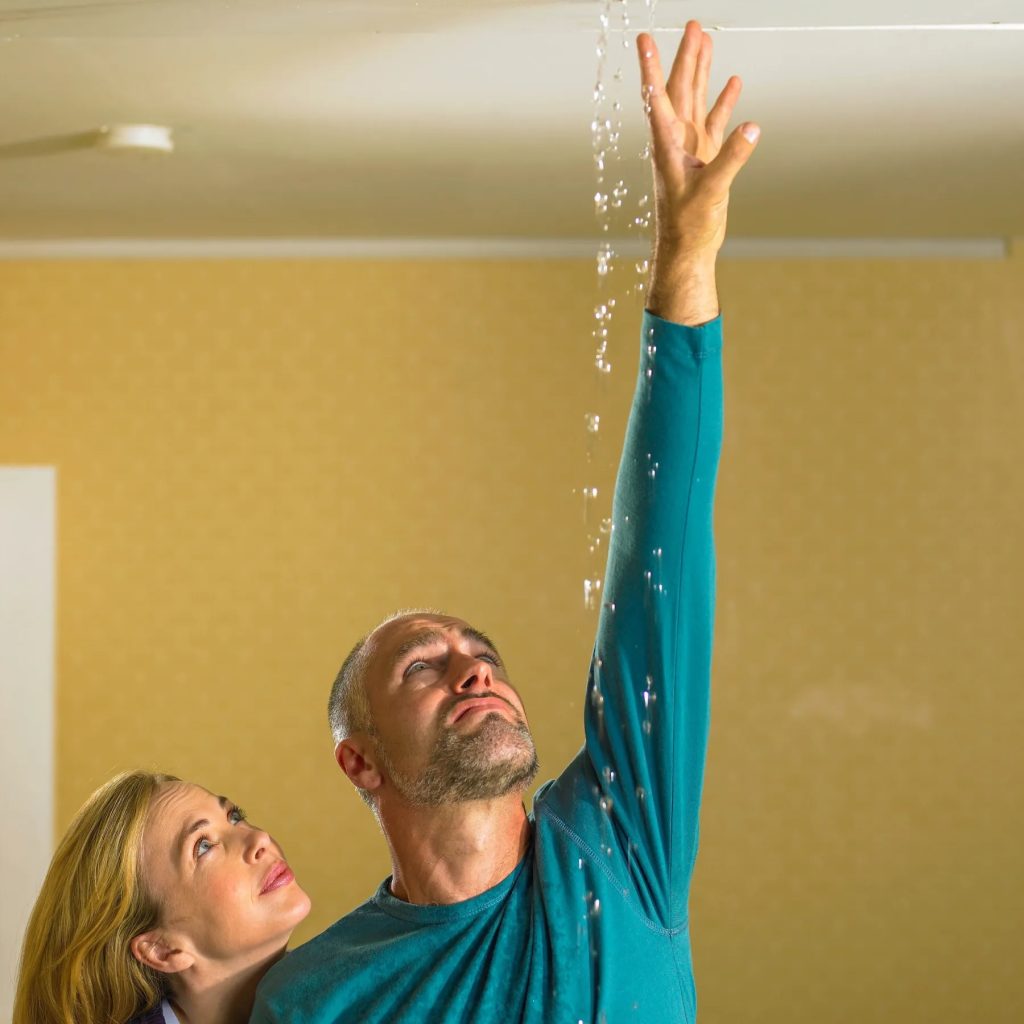A roof leak can lead to significant damage to a home, causing everything from structural issues to the growth of mold and mildew. Preventing roof leaks is crucial for protecting your home from these potential hazards. Regular maintenance and inspections are key to identifying problems early and avoiding costly repairs in the future. One of the first steps in roof leak prevention is to keep gutters and downspouts clean and clear of debris. When gutters are blocked, water can overflow and back up under the shingles, leading to leaks. Keeping them free of leaves, twigs, and other debris ensures that rainwater flows freely off the roof, reducing the risk of water pooling and causing damage. Another essential step is inspecting the roof periodically for signs of wear and tear. Over time, shingles may become cracked, curled, or missing altogether. If left unchecked, these damaged shingles can allow water to seep through the roof and into the home. It is important to replace damaged or missing shingles as soon as they are noticed.

Additionally, check for any loose flashing around chimneys, vents, or skylights. Flashing is designed to create a waterproof barrier, but if it is not properly sealed or becomes loose, it can create gaps through which water can enter. Proper attic ventilation is also crucial in preventing roof leaks. Without adequate ventilation, the attic can become too hot or humid, leading to the buildup of moisture. This moisture can cause wood rot, mold growth, and even damage to the roof structure itself. Proper ventilation allows hot air to escape, while cooler air is drawn in, reducing the risk of moisture buildup. Installing ridge vents or soffit vents can help promote airflow and keep the attic dry, minimizing the likelihood of leaks. Another preventative measure is to trim back any overhanging branches near the roof. Branches that rub against the roof can damage the shingles, while fallen branches during storms can create holes or cracks in the roof. By trimming trees around the home, you reduce the chances of these problems occurring.
Additionally, find here keep an eye on the roof’s drainage system. In areas with heavy rainfall or snow, it is essential that the roof is properly sloped to direct water away from the house. Flat roofs, in particular, can be prone to pooling water, which increases the risk of leaks. When installing a new roof or replacing an old one, choose high-quality materials that are designed to withstand the elements. Opting for durable materials, such as metal or high-performance asphalt shingles, can provide long-lasting protection. Ensure that the roof is installed correctly by hiring a reputable roofing contractor with experience in your area’s climate. Improper installation can leave the roof vulnerable to leaks, regardless of the materials used. In addition to these proactive measures, it is important to address any signs of a roof leak as soon as they appear. Water stains on the ceiling, damp spots in the attic, or mold growth on walls are all indicators that there may be a problem with the roof.
